4th International Conference Nanobiophysics: Fundamental and Applied Aspects, 1-4 October 2015, Kyiv, Ukraine
Nanostructured tunable mesoporous carbon for energy and biomedical applications
O. Gogotsi1, B. Dyatkin2, Y. Gogotsi2, P. Simon³, Y. Zozulya1, B. Malinovskiy1, V. Zahorodna1
1 Materials Research Centre, 3, Akademika Krzhyzhanovskoho St, Kyiv 03680, Ukraine, E-mail: E-mail: Этот e-mail адрес защищен от спам-ботов, для его просмотра у Вас должен быть включен Javascript
2A. J. Drexel Nanomaterials Institute, and Department of Materials Science and Engineering, Drexel University, Philadelphia, PA 19104, USA, E-mail: Этот e-mail адрес защищен от спам-ботов, для его просмотра у Вас должен быть включен Javascript
³ Université Paul Sabatier-Toulouse III, CIRIMAT UMR-CNRS 5085, and RS2E, FR CNRS 3459, 118 Route de Narbonne, 31062 Toulouse, France. E-mail: Этот e-mail адрес защищен от спам-ботов, для его просмотра у Вас должен быть включен Javascript
Abstract
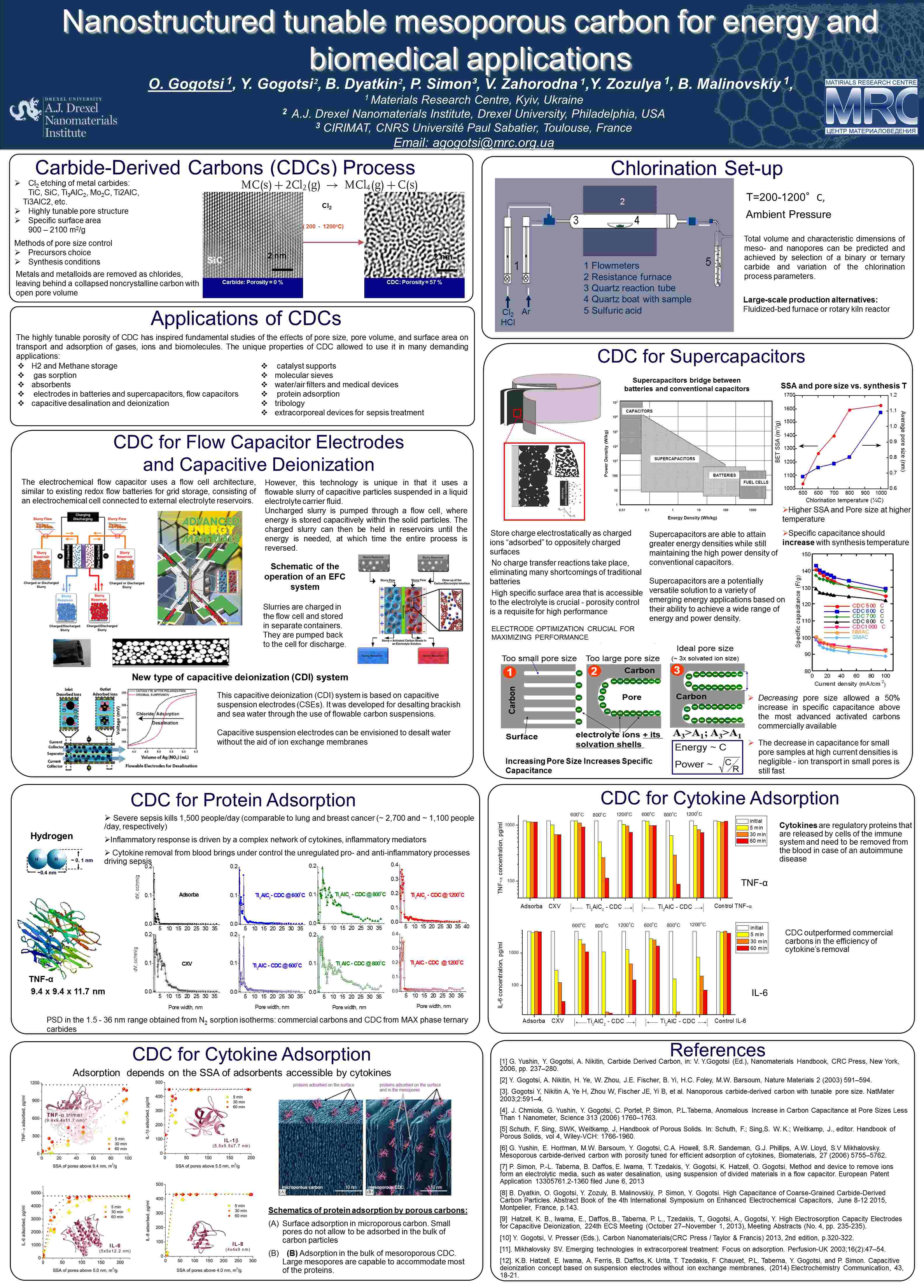 We will discuss synthesis of carbide-derived carbon (CDC), which is a nanoporous carbon formed by selectively etching metal atoms from metal carbides [1]. CDCs are generally produced by chlorination of carbides in the 200–1200°C temperature range. Metals and metalloids are removed as chlorides, leaving behind a noncrystalline carbon with up to 80% open pore volume. A wide range of carbide precursors (TiC, SiC, B4C, VC, Mo2C, NbC as well as ternary carbides – Ti3AlC2, Ti2AlC, also known as MAX-phases) leads to a wide range of carbons with tailored porosity. The total volume and characteristic dimensions of meso- and nanopores can be predicted and achieved by selection of a binary or ternary carbide and variation of the chlorination process parameters. Due to a wide range of pore sizes (0.3–30 nm) and specific surface areas (300–2300 m2/g) of CDCs, a great potential for applications requiring large volumes of either micropores (
We will discuss synthesis of carbide-derived carbon (CDC), which is a nanoporous carbon formed by selectively etching metal atoms from metal carbides [1]. CDCs are generally produced by chlorination of carbides in the 200–1200°C temperature range. Metals and metalloids are removed as chlorides, leaving behind a noncrystalline carbon with up to 80% open pore volume. A wide range of carbide precursors (TiC, SiC, B4C, VC, Mo2C, NbC as well as ternary carbides – Ti3AlC2, Ti2AlC, also known as MAX-phases) leads to a wide range of carbons with tailored porosity. The total volume and characteristic dimensions of meso- and nanopores can be predicted and achieved by selection of a binary or ternary carbide and variation of the chlorination process parameters. Due to a wide range of pore sizes (0.3–30 nm) and specific surface areas (300–2300 m2/g) of CDCs, a great potential for applications requiring large volumes of either micropores (
The highly tunable porosity of CDC [1,2] has inspired fundamental studies of the effects of pore size, pore volume, and surface area on transport and adsorption of gases, ions and biomolecules. The unique properties of CDC allowed to use it in many demanding applications including H2 and methane storage, gas sorption, adsorbents, electrodes in batteries and supercapacitors [3], flow capacitors, molecular sieves, catalyst supports, water/air filters and medical devices, protein adsorption, tribology, extracorporeal devices for blood cleansing [4]. Such properties of CDC as good electrical conductivity combined with high surface area, large micropore volume, and pore size control allow its application as active material in electrodes for flow desalination [5], supercapacitors [6] as porous electrodes for capacitive deionization [7].
Chlorination of layered ternary MAX-phase carbides has made it possible to synthesize mesoporous carbons with large volumes of slit-shaped mesopores that can be used for purification of bio-fluids due to their excellent biocompatibility and ability to adsorb a range of inflammatory cytokines within the shortest time, which is crucial in sepsis treatment. The synthesized carbons, having tunable pore size with a large volume of slit-shaped mesopores, outperformed other materials in terms of efficiency of TNF-α removal. Cytokine removal from blood may help to bring under control the unregulated pro- and anti-inflammatory processes driving sepsis. Adsorption can remove toxins without introducing other substances into the blood. Therefore, hemoadsorption might have advantages over hemofiltration, having the same or better efficiency in the treatment of inflammatory diseases, being of lower cost and offering considerably better comfort for patients during and after the treatments [8].
Large mesopores in CDC from MAX phases are capable to accommodate most of the proteins due to their controlled porosity can be used for separation of different proteins molecules.
References:
[1] G. Yushin, Y. Gogotsi, A. Nikitin, Carbide Derived Carbon, in: Y.Gogotsi (Ed.), Nanomaterials Handbook, CRC Press, New York, 2006, pp. 237–280.
[2] Y. Gogotsi, A. Nikitin, H. Ye, W. Zhou, J.E. Fischer, B. Yi, H.C. Foley, M.W. Barsoum, Nature Materials 2 (2003) 591–594.
[3]. J. Chmiola, G. Yushin, Y. Gogotsi, C. Portet, P. Simon, P.L.Taberna, Anomalous Increase in Carbon Capacitance at Pore Sizes Less Than 1 Nanometer, Science 313 (2006) 1760–1763.
[4]G. Yushin, E. Hoffman, M.W. Barsoum, Y. Gogotsi, C.A. Howell, S.R. Sandeman, G.J. Phillips, A.W. Lloyd, S.V Mikhalovsky,Mesoporous carbide-derived carbon with porosity tuned for efficient adsorption of cytokines, Biomaterials, 27 (2006) 5755–5762.
[5] P. Simon, P.-L. Taberna, B. Daffos, E. Iwama, T. Tzedakis, Y. Gogotsi, K. Hatzell, O. Gogotsi, Method and device to remove ions form an electrolytic media, such as water desalination, using suspension of divided materials in a flow capacitor. European Patent Application 13305761.2-1360, filed June 6, 2013
[6]B. Dyatkin, O. Gogotsi, Y. Zozuly, B. Malinovskiy, P. Simon, Y. Gogotsi. High Capacitance of Coarse-Grained Carbide-Derived Carbon Particles. Abstract Book of the 4th International Symposium on Enhanced Electrochemical Capacitors, June 8-12 2015, Montpelier, France, p.143.
[7] Hatzell, K. B., Iwama, E., Daffos, B., Taberna, P. L., Tzedakis, T., Gogotsi, A., Gogotsi, Y. High Electrosorption Capacity Electrodes for Capacitive Deionization, 224th ECS Meeting (October 27–November 1, 2013), Meeting Abstracts (No. 4, pp. 235-235).
[8]. Mikhalovsky SV. Emerging technologies in extracorporeal treatment: Focus on adsorption. Perfusion-UK 2003;16(2):47–54.
Here you can find Book of Abstract of the Conference NBP 2015




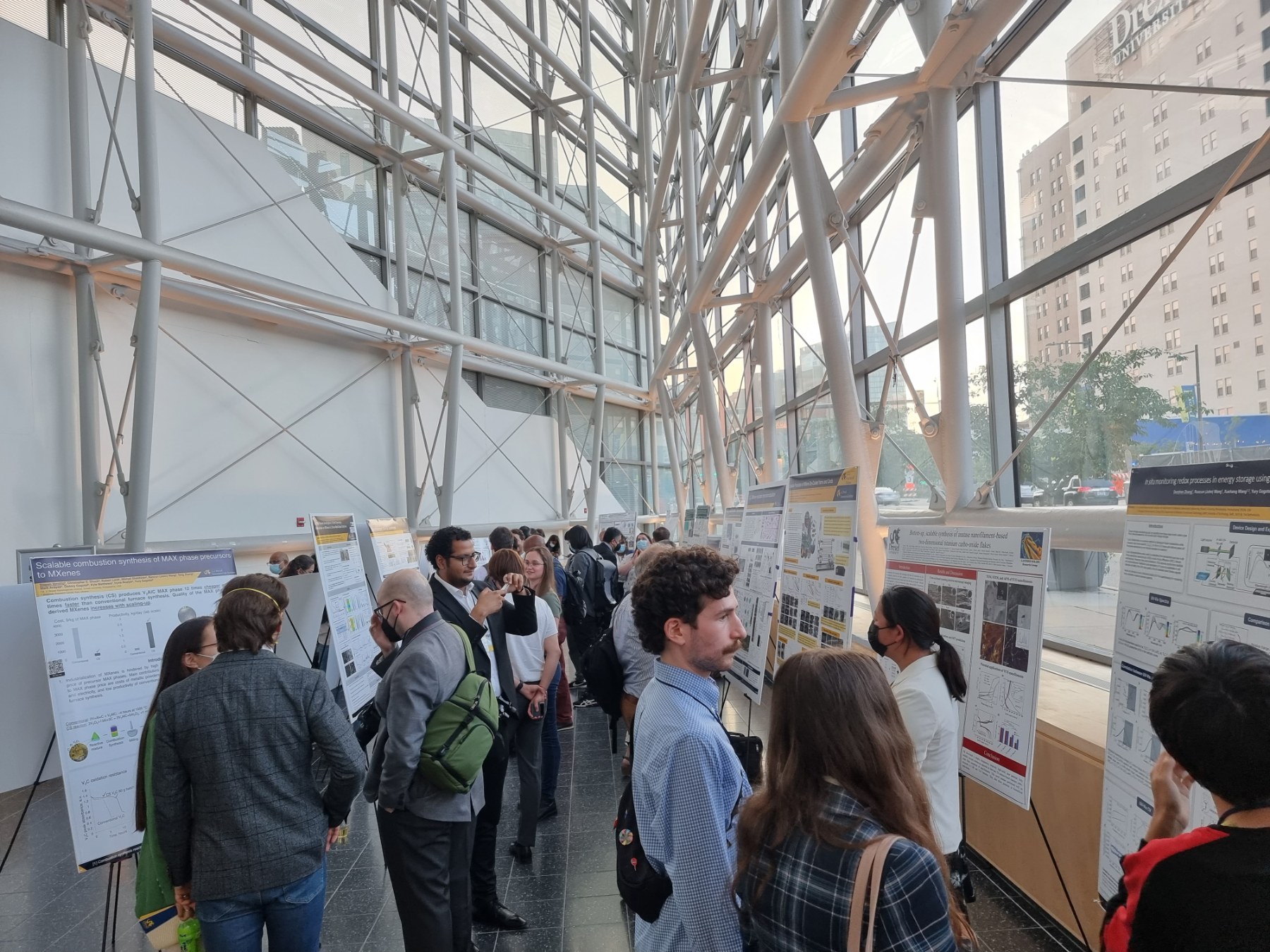
 Дякуємо всім друзям, партнерам, волонтерам за допомогу та вашу невтомну роботу! Продовжуємо допомагати нашим захисникам та доправляємо військове спорядження, гуманітарну допомогу, польову медицину та спеціальні медицині засоби до військових підрозділів, територіальної оборони, лікарень на передовій!
Дякуємо всім друзям, партнерам, волонтерам за допомогу та вашу невтомну роботу! Продовжуємо допомагати нашим захисникам та доправляємо військове спорядження, гуманітарну допомогу, польову медицину та спеціальні медицині засоби до військових підрозділів, територіальної оборони, лікарень на передовій! Якщо є люди, фонди та волонтери, які хочуть відправити допомогу в Україну з країн Європи або США, ми готові приймати на наші склади, складати збірні чи окремі партії та під замовлення і прицільно передавати їх далі кому вона необхідна. На всю гуманітарну допомогу буде надано звітність про передачу, фото.
Якщо є люди, фонди та волонтери, які хочуть відправити допомогу в Україну з країн Європи або США, ми готові приймати на наші склади, складати збірні чи окремі партії та під замовлення і прицільно передавати їх далі кому вона необхідна. На всю гуманітарну допомогу буде надано звітність про передачу, фото.


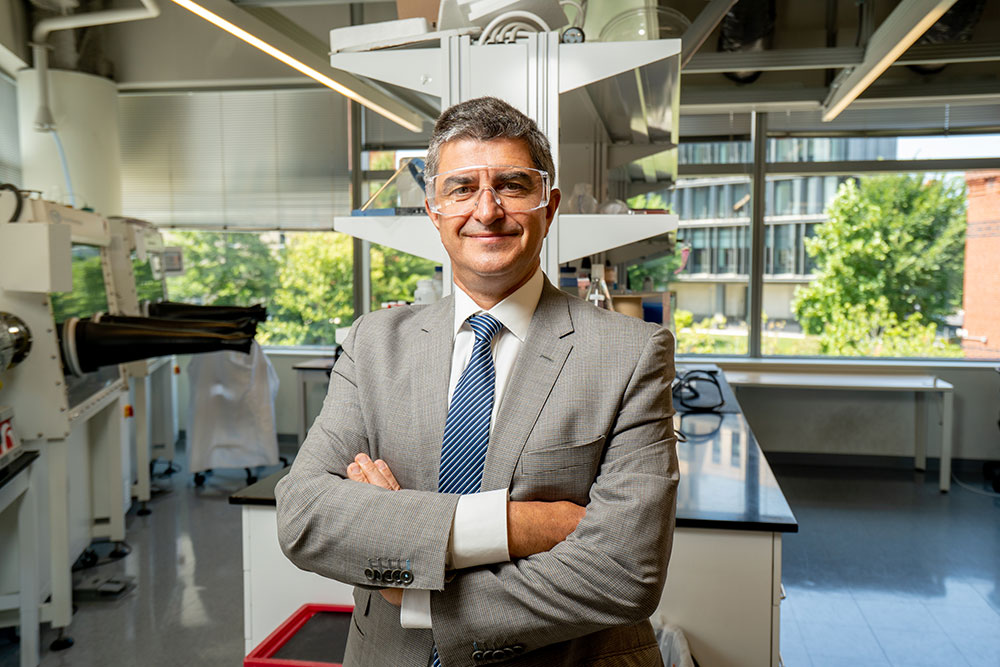 Говорят, что большие вещи приходят в маленьких посылках. И в течение последнего десятилетия MXenes - двумерные соединения углерода и переходных металлов, впервые разработанные в Дрекселе - подтверждали эту точку зрения, стимулируя инновации во многих областях науки. Теперь новое партнерство открывает возможности для помощи MXenes в спасении жизней.
Говорят, что большие вещи приходят в маленьких посылках. И в течение последнего десятилетия MXenes - двумерные соединения углерода и переходных металлов, впервые разработанные в Дрекселе - подтверждали эту точку зрения, стимулируя инновации во многих областях науки. Теперь новое партнерство открывает возможности для помощи MXenes в спасении жизней. Совместно с этой лекцией профессор Юрий Гогоци получит звание почетного доктора Сумского государственного университета.Это уникальная возможность приобщиться к науке мирового уровня, окунуться в мир наноматериалов и проследить научный путь нашего соотечественника. Лекция пройдет в 16:00, 27 мая 2021 года в Конгресс-Центре СумГУ, зал Сингапур 220, в г. Сумы.
Совместно с этой лекцией профессор Юрий Гогоци получит звание почетного доктора Сумского государственного университета.Это уникальная возможность приобщиться к науке мирового уровня, окунуться в мир наноматериалов и проследить научный путь нашего соотечественника. Лекция пройдет в 16:00, 27 мая 2021 года в Конгресс-Центре СумГУ, зал Сингапур 220, в г. Сумы.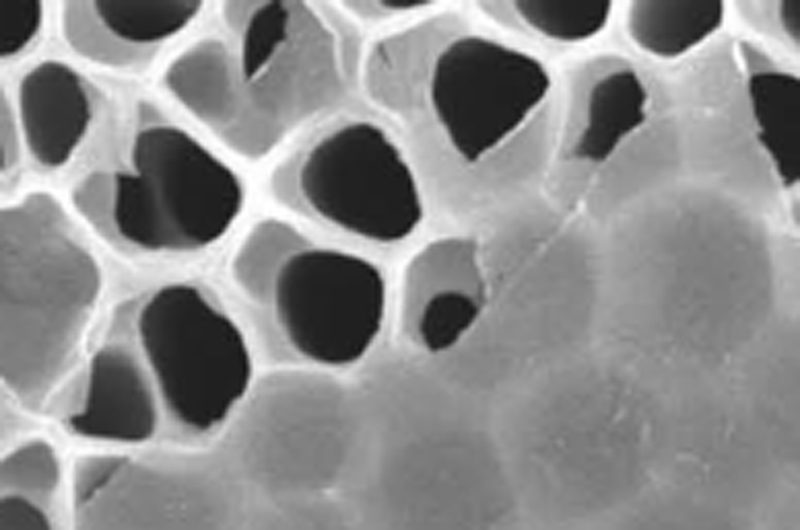 Материал MXene, который был впервые получен учеными из Университета Дрекселя в 2011 году, - это еще один шаг к тому, чтобы изменить жизнь людей, страдающих болезней почек на
Материал MXene, который был впервые получен учеными из Университета Дрекселя в 2011 году, - это еще один шаг к тому, чтобы изменить жизнь людей, страдающих болезней почек на 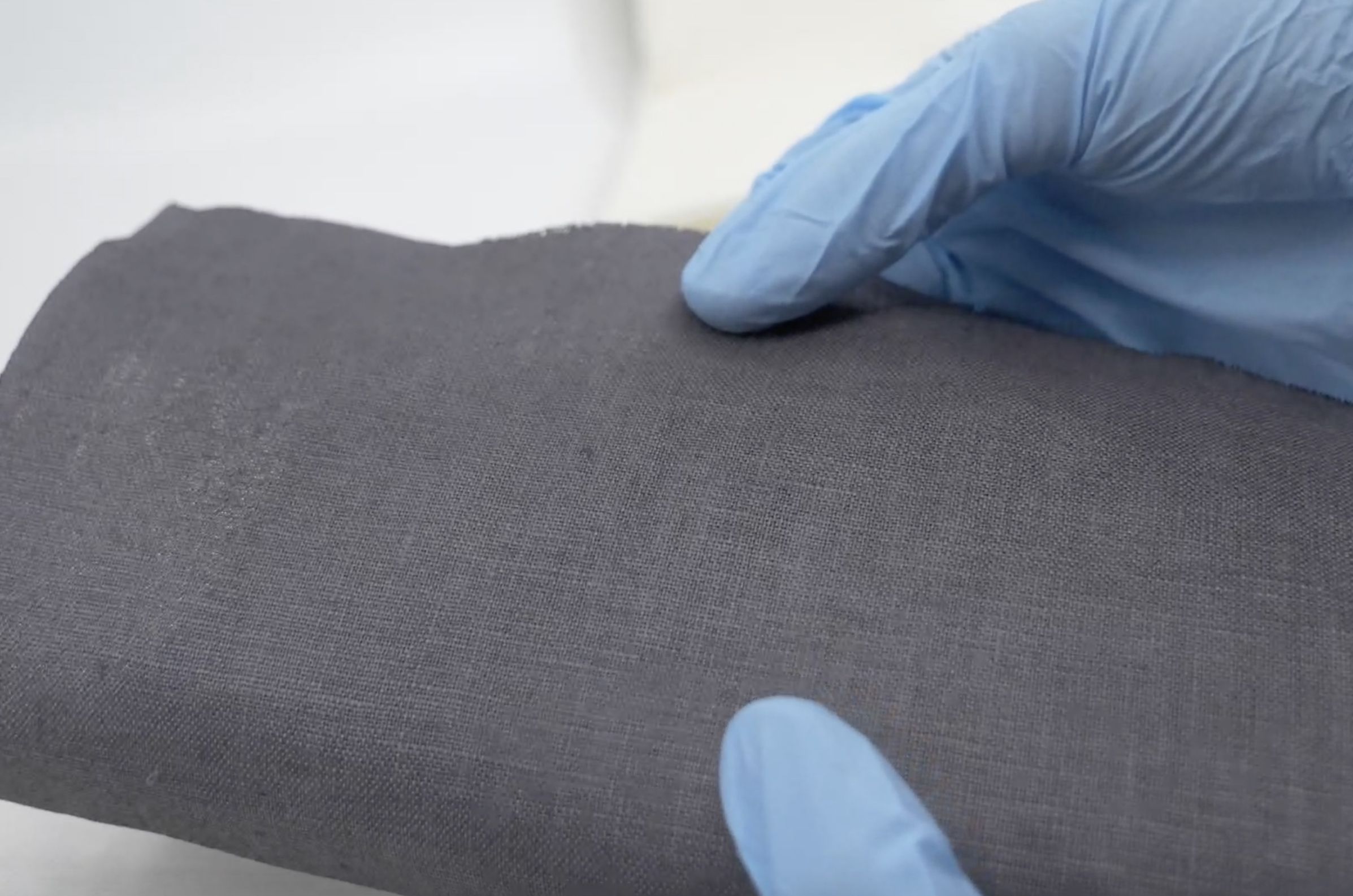
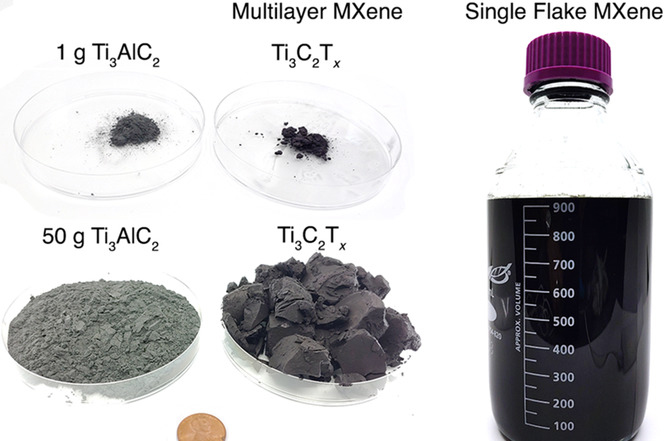
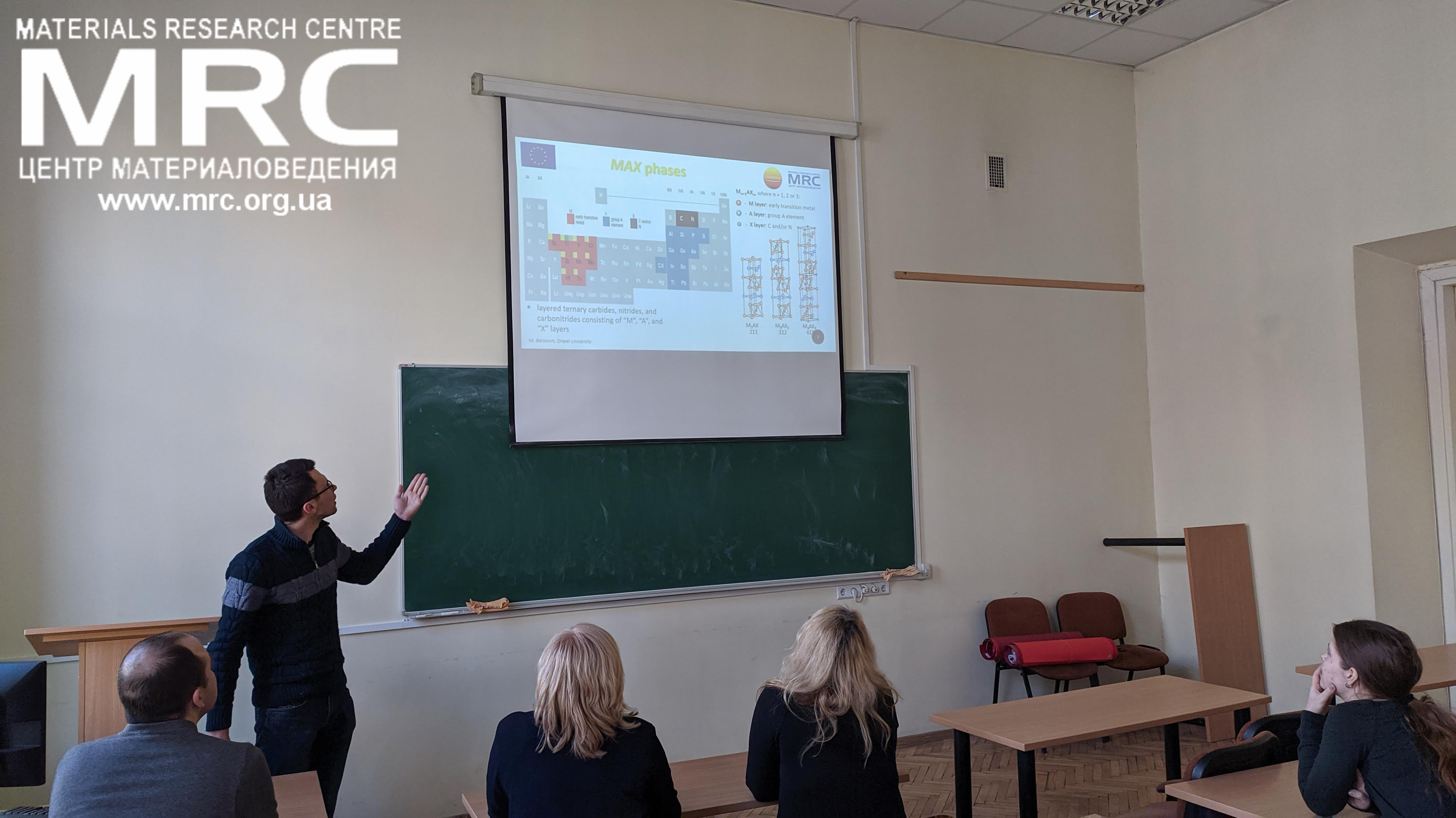 Участник проекта CANBIOSE из Центра материаловедения (MRC), выполнил визит в партнерскую организацию Вильнюсский университет, для выполнения программы совместных исследований и тренингов.
Участник проекта CANBIOSE из Центра материаловедения (MRC), выполнил визит в партнерскую организацию Вильнюсский университет, для выполнения программы совместных исследований и тренингов. Всемирно известный ученый-украинец профессор Юрий Георгиевич Гогоци рассказал о последних новинках нанотехнологий. Возможность для общения с ученым мирового уровня - редкость, но воспитанникам Малой Академии Наук Украины (МАН) везет. Именно такую возможность они недавно получили.
Всемирно известный ученый-украинец профессор Юрий Георгиевич Гогоци рассказал о последних новинках нанотехнологий. Возможность для общения с ученым мирового уровня - редкость, но воспитанникам Малой Академии Наук Украины (МАН) везет. Именно такую возможность они недавно получили.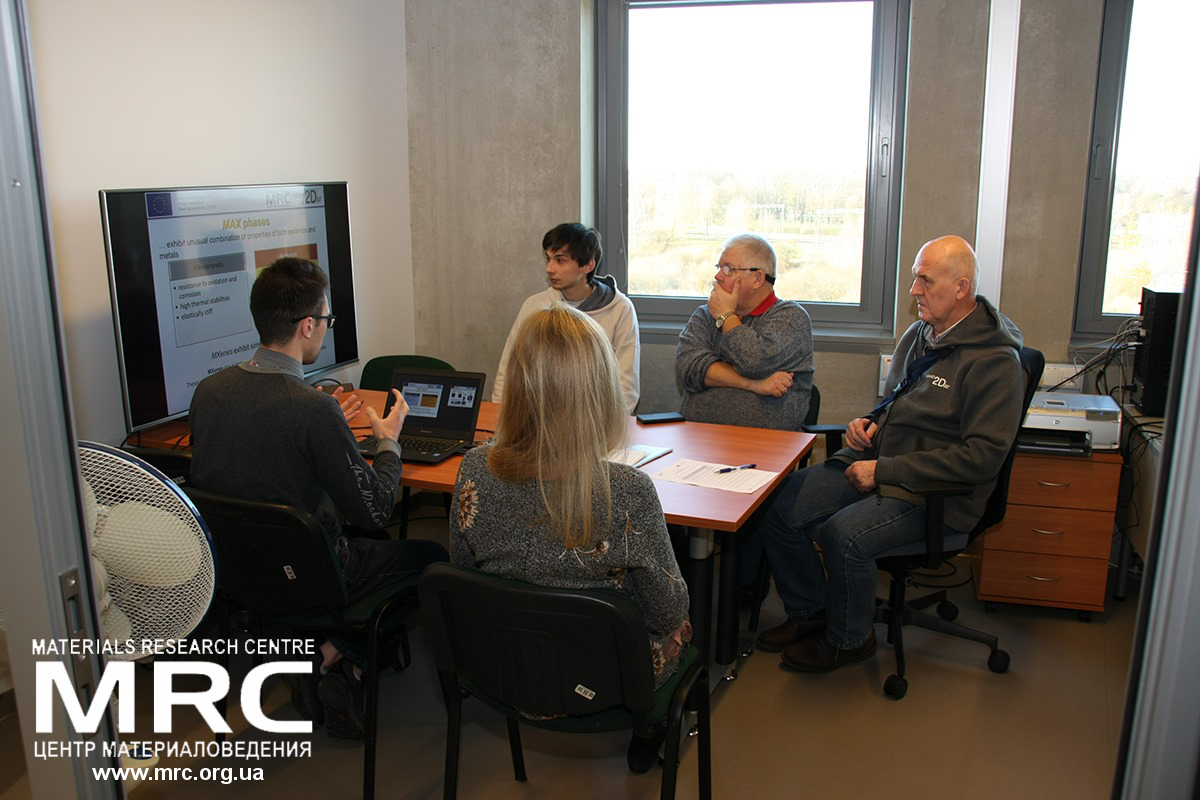 Инженер-исследователь из MRC Иван Гришко находится в Латвийском университете, где провел семинар по MXenes
Инженер-исследователь из MRC Иван Гришко находится в Латвийском университете, где провел семинар по MXenes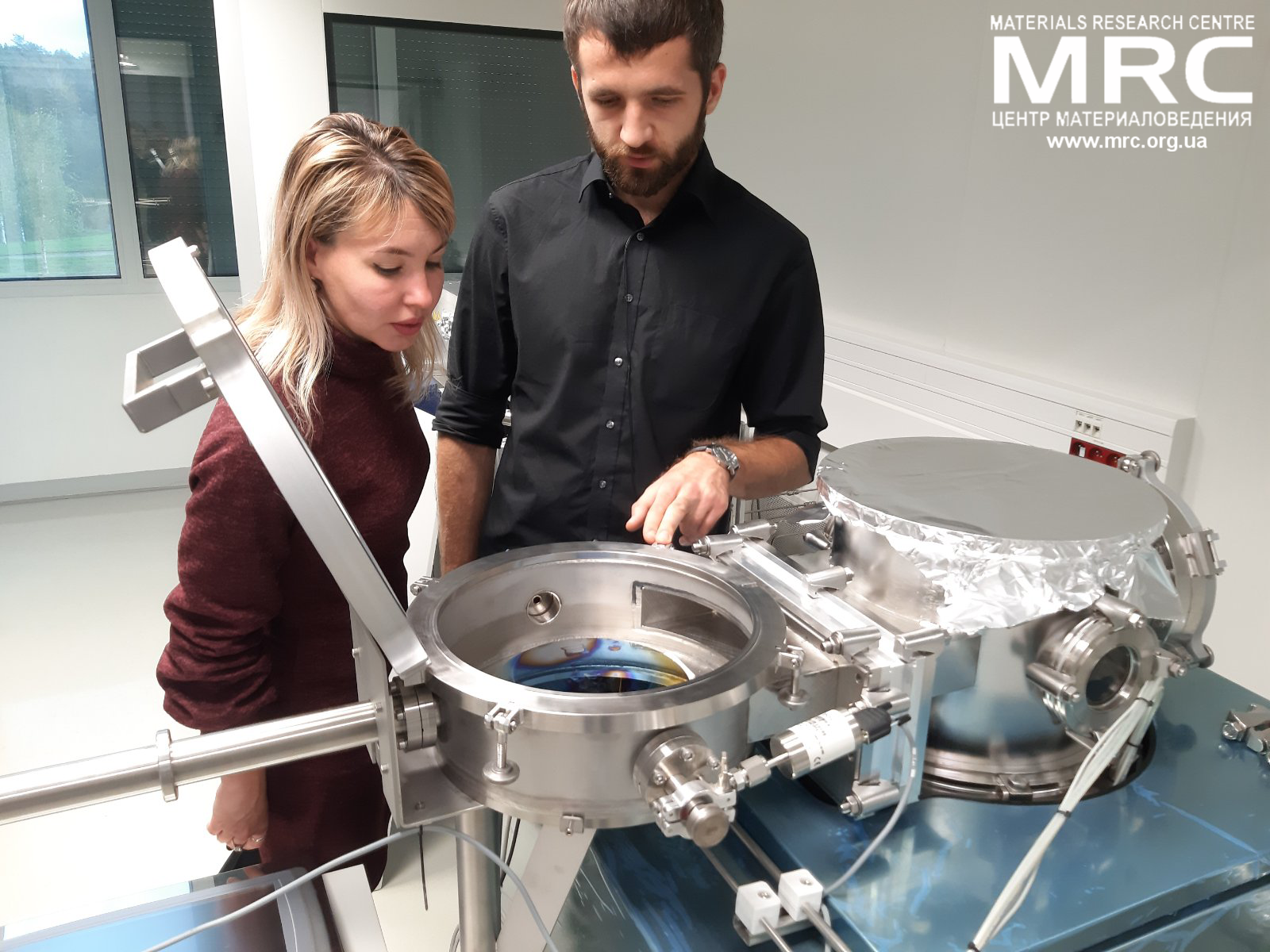 Совместно с польскими коллегами они
Совместно с польскими коллегами они 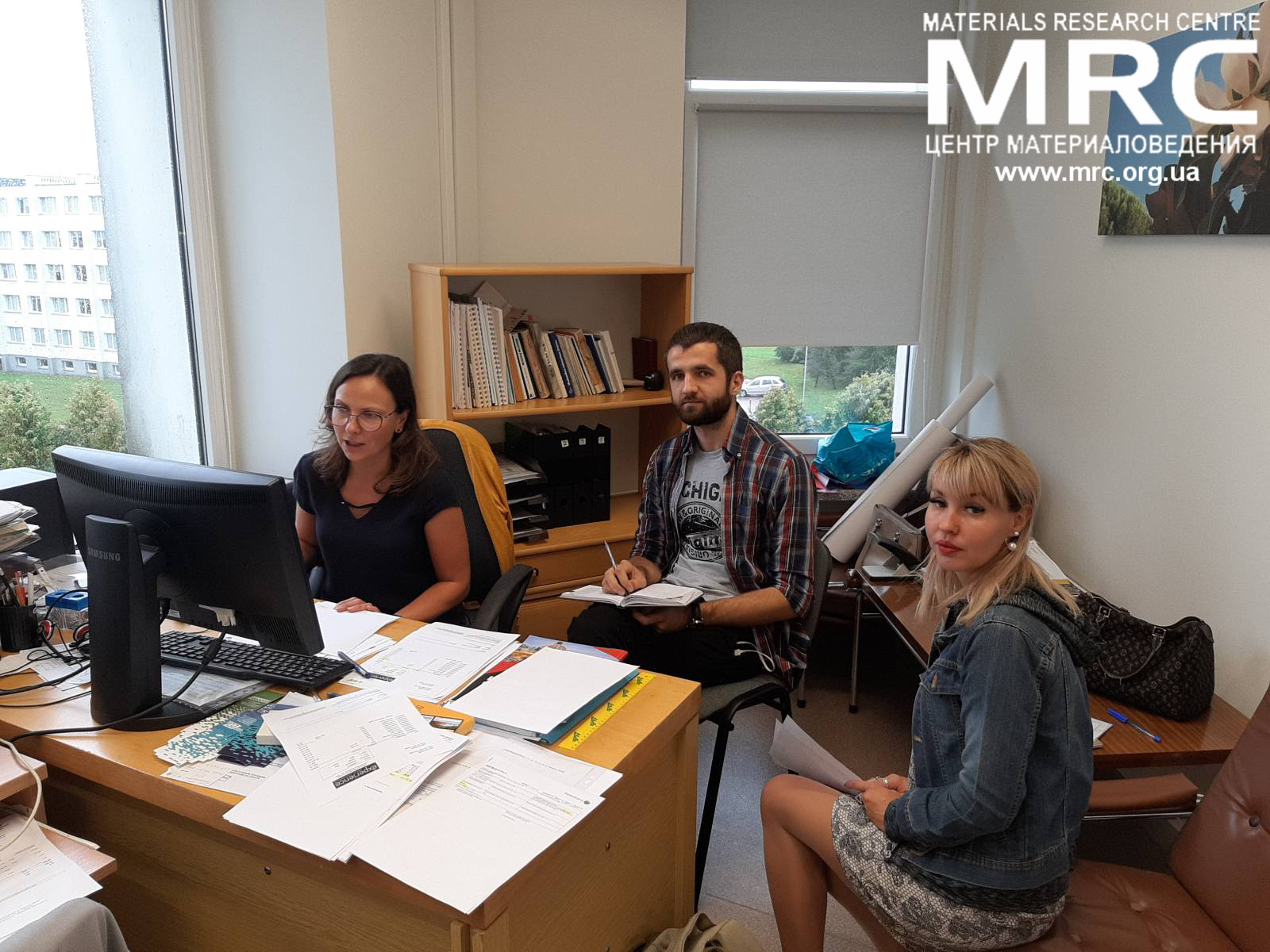 Совместно с коллегами из КТУ они занимались симуляциями и моделированием механических свойств наноматериалов и нанокомпозитов.
Совместно с коллегами из КТУ они занимались симуляциями и моделированием механических свойств наноматериалов и нанокомпозитов.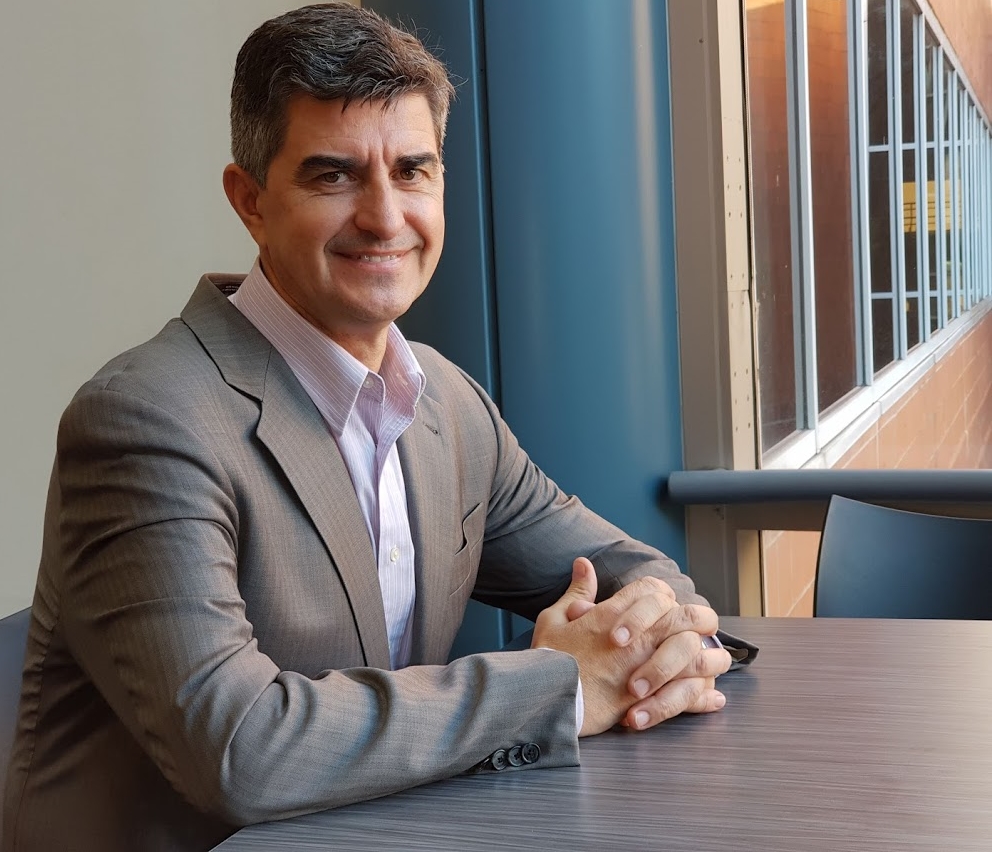 В январе 2019 года профессор Юрий Гогоци был избран членом Европейской академии наук (EURASC). Профессор Юрий Гогоци - ведущий украинский и американский ученый в области химии, с 2000 года профессор Университета Дрекселя, Филадельфия, США, в области материаловедения, инженерии и нанотехнологий.
В январе 2019 года профессор Юрий Гогоци был избран членом Европейской академии наук (EURASC). Профессор Юрий Гогоци - ведущий украинский и американский ученый в области химии, с 2000 года профессор Университета Дрекселя, Филадельфия, США, в области материаловедения, инженерии и нанотехнологий.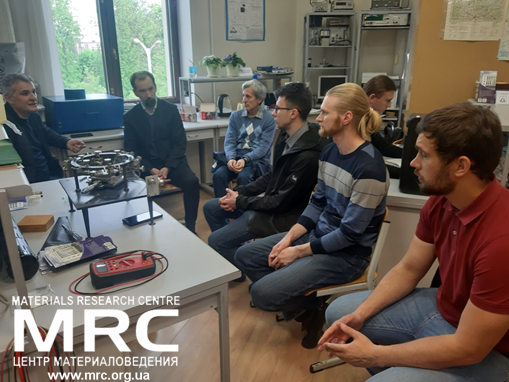 MRC посетил партнерскую организацию Белорусский государственный университет. Вместе с нашими партнерами из БГУ был обсужден и изучен опыт в области диспергирования CNT и графена в полимерах. Проводились сравнения разных смол и отвердителя для изготовления полимерной матрицы.
MRC посетил партнерскую организацию Белорусский государственный университет. Вместе с нашими партнерами из БГУ был обсужден и изучен опыт в области диспергирования CNT и графена в полимерах. Проводились сравнения разных смол и отвердителя для изготовления полимерной матрицы.